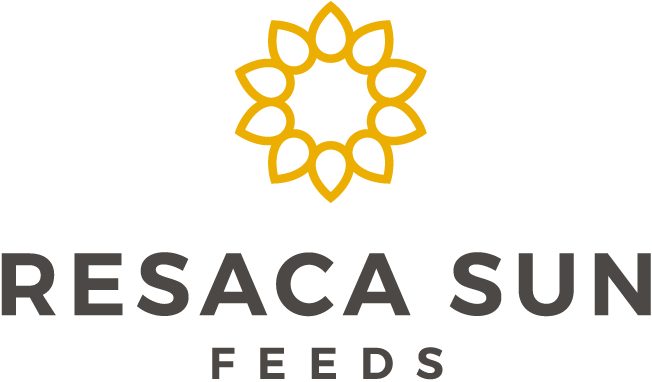The start of the new year is a time to reflect on previous years’ successes, failures, and lessons learned. It’s a time for setting new goals. As a nutritionist, I’m going to focus on the specific goal of tracking feed consumption.
Do you know how much feed your livestock consume? How much feed does it take to finish a pig to 250 lbs.? a broiler to 5 lbs.?
If the answer is no, then I challenge you to track feed consumption in 2024. Tracking feed consumption is an important part of record keeping. Without knowing feed cost per animal, it is difficult to accurately evaluate your profitability. Feed is 60% of the cost of raising livestock. Knowing what goes into each animal will give insight into total costs.
Tracking feed consumption isn’t always simple. I know. But let’s try to make it simple. If running only 1 batch of broilers at a time, the math is much simpler. Take the amount of feed purchased for that batch of broilers and divide it by the number of birds you have at the time of processing.
For example, for starter feed. Let’s say you go through 250 lbs. of starter feed for 100 broilers.
250 lbs. starter feed ÷ 100 broilers = 2.5 lbs. Starter feed
For grower feed, let’s say the flock goes through 1,250 lbs. of grower feed for 100 broilers.
1,250 lbs. grower feed ÷ 100 broilers = 12.5 lbs. grower feed
For a total of
2.5 lbs. starter + 12.5 lbs. grower = 15 lbs. of feed per broiler
Using that number, we can then find the feed conversion ratio. Feed conversion ratio is the amount of feed it takes to yield 1 lb. of carcass weight.
15 lbs. feed per bird ÷ 5 lb. carcass weight= 3:1 FCR
Tracking feed consumption gets more difficult when running multiple flocks of broilers at a time. There are a couple of different ways to track feed consumption. What works on one farm, doesn’t work on all. The first step is communicating with the team (maybe just your husband or wife) the importance of tracking feed consumption. Communicate what you’re trying to accomplish and why. The next step is having an accessible and convenient way to track the data. Is that on a clipboard in the brooder? On a whiteboard? In Excel or Google Sheets? Excel and Google Sheets are sharable, so it can be shared to multiple people on the team. Both programs have apps, so they can be used on any smart phone. This has been the most convenient way we found to track feed consumption. If buying feed in bulk, you might be putting feed out by the bucket. If that’s the case, have a general weight for a filled bucket and then track the number of buckets fed each day.
Once the data from tracking feed consumption has been collected, what now? American Pastured Poultry Producers has a great resource for figuring out the cost of production for broilers, pullets, and layers. If you’re an APPPA member, you can find the calculator here (American Pastured Poultry Producers Association – Calculators (apppa.org)).
What about for pigs? Tracking feed consumption is important for pigs as well. Are you hand feeding or free feeding? If you’re free feeding, how often do the feeders get filled? And roughly how much is being added each time? Maybe for pigs it’s easier to track how much pig feed you purchased per year, the number of pigs processed, and then do some simple division from there.
Record keeping is a pain. There’s no doubt about it. However, maintaining good records helps monitor the progress and profitability of a business. Where things are going well. Where things need to be fixed. Yes, it’s annoying, but it’s 100% worth the trouble.
